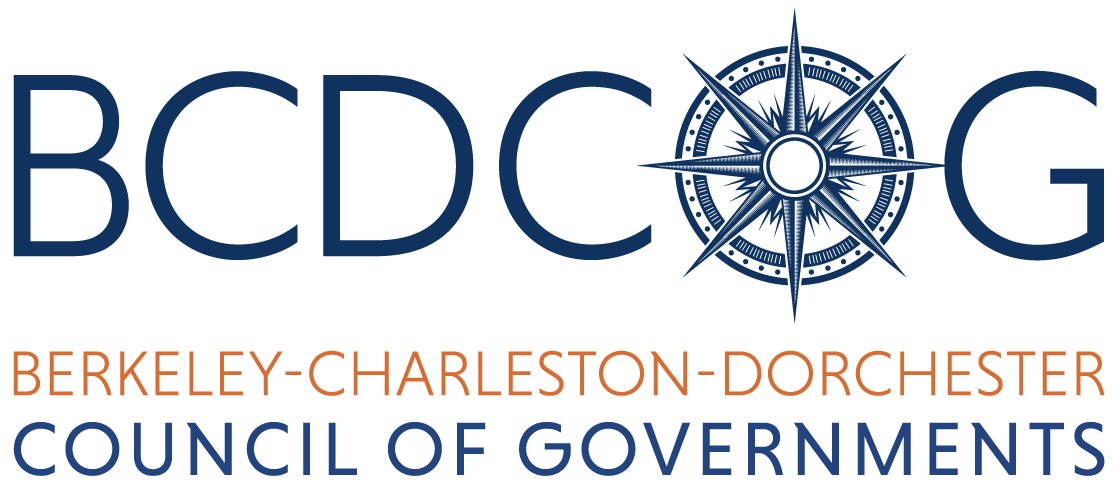In 2018, traffic was monitored by the South Carolina Department of Transportation at 11,672 locations throughout the state. The Berkeley-Charleston-Dorchester region accounted for 771 of those counting stations.
Overall, the regional system counted 200,025 more average daily trips than the 10,346,100 trips in 2017 for a total of 10,546,125 trips in 2018. All of the top five highest traveled non-interstate roads in the state are within the BCD region. A table showing the change in trips for these stations from 2017 to 2018 can be found below.
The largest increase in traffic in Berkeley County year-over-year was found at station 100, which counts traffic on US-17A from the Dorchester County line to I-26. The station indicated a 2,100 average daily trip increase from 2017(53,100) to 2018(55,200). The largest decrease was at station 2181, which counts traffic on I-26 from Jedburg Rd. to US-17A. The station indicated a 3,100 trip decrease from 2017(61,800) to 2018(58,700).
The largest increase in traffic in Charleston Countyyear-over-year was recorded at station 2185, which counts traffic on I-26 from College Park Rd. to US-78. The station indicated that average daily trips had increased by 5,200 from 2017(97,700) to 2018(102,900). The largest decrease occurred at station 2189, which tracks traffic on I-26 from US-52 to Ashley Phosphate Rd. The trip count was 75,600 less in 2018(115,000) than in 2017(190,600).
The largest increase in traffic in Dorchester Countyyear-over-year was recorded at station 247, which counts traffic on Maple St. from US-78 to the Berkeley County line. The station recorded an increase of 8,900 average daily trips between 2017(3,500) to 2018(12,400). The largest decrease in traffic was recorded at station 125, which counts crossings on US-78 between I-95 to Legare Rd. (in the town of St. George.) The station counted 2,100 less average daily trips in 2018(11,400) than in 2017(9,300).
